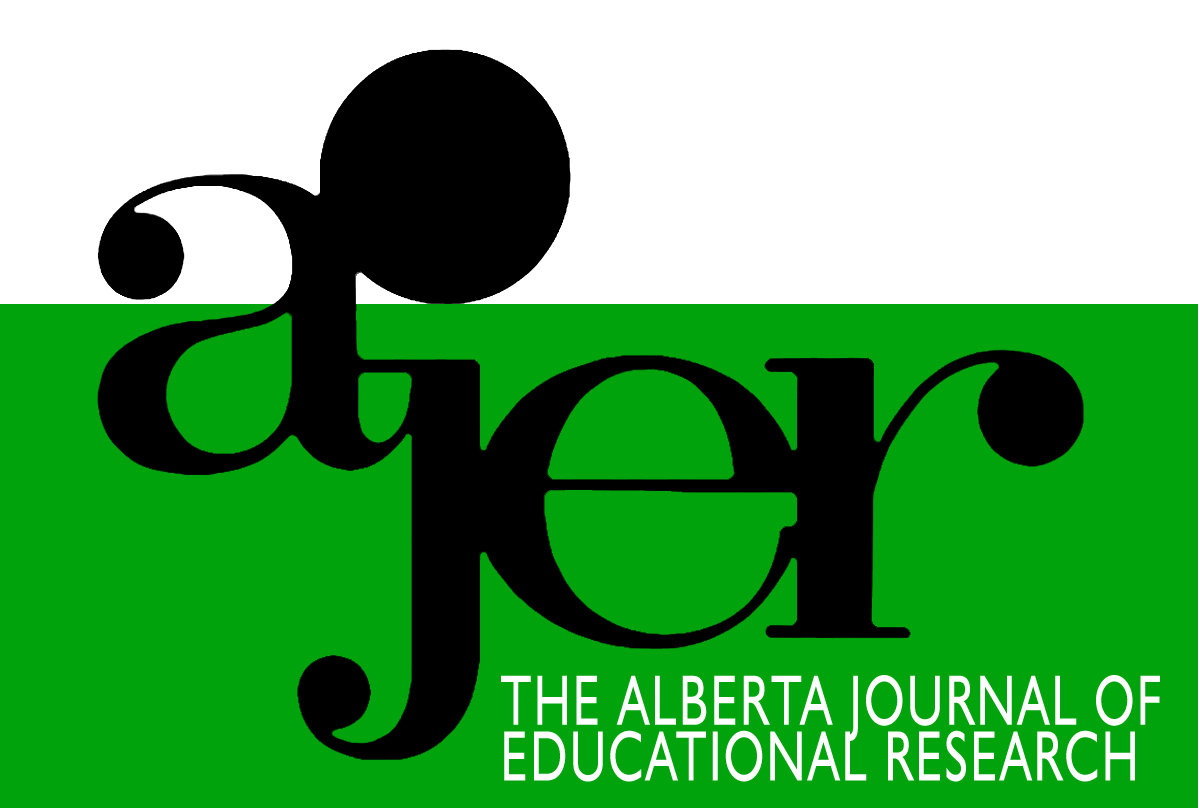Making the Invisible of Learning Visible: Pre-service Teachers Identify Connections between the Use of Literacy Strategies and their Content Area Assessment Practices
DOI:
https://doi.org/10.55016/ojs/ajer.v60i2.55920Keywords:
Classroom assessment, Content area literacy, Pre-service teacher education, Pedagogical content knowledge, Formative assessment, Mots clés, évaluation en classe, alphabétisation adaptée aux contenus, formation initiale des enseignants, connaissance de laAbstract
In this paper we describe four ways secondary pre-service teachers appeared to be developing assessment practices during field experience, after taking a content area literacy course. This paper arises from a multi-year study exploring pre-service and beginning content area teachers’ use of literacy strategies in teaching mathematics, science, and other content areas. Pre-service teachers’ descriptions of their teaching revealed how they understood assessment and literacy practices during field experience as intertwined and symbiotic. Pre-service teachers discussed the use of literacy strategies as multi-faceted and serving multiple assessment purposes in their classrooms, enabling them to better understand student learning by making the invisible processes of thinking visible.
Dans cet article, nous décrivons quatre façons dont les enseignants en formation semblaient développer des pratiques d’évaluation pendant une expérience sur le terrain et après avoir suivi un cours en alphabétisation aux contenus adaptés. Les résultats découlent d’une étude pluriannuelle portant sur l’emploi de stratégies en alphabétisation par des enseignants en formation et des enseignants débutants offrant des cours de maths, de sciences et d’autres disciplines. Les descriptions par les enseignants en formation de leur enseignement ont révélé que pendant l’expérience sur le terrain, ils ont compris le lien serré et symbiotique entre l’évaluation et les pratiques en alphabétisation. Les enseignants en formation ont également décrit leurs stratégies en matière d’alphabétisation comme étant multidimensionnelles et aptes à satisfaire à plusieurs objectifs d’évaluation dans leurs classes, ce qui rendait visibles les processus invisibles de réflexion et leur permettait ainsi de mieux comprendre l’apprentissage par leurs élèves.
Downloads
Downloads
Published
How to Cite
Issue
Section
License
UNIVERSITY OF ALBERTA COPYRIGHT LICENSE AND PUBLICATION AGREEMENT
If accepted, authors will be asked to sign a copyright agreement with the following points:
A. Where there is any inconsistency between this Copyright License and Publication Agreement and any other document or agreement in relation to the same subject matter, the terms of this Agreement shall govern.
B. This document sets out the rights you are granting in relation to publication of your article, book review, or research note entitled (the “Article”) through inclusion in the academic journal titled Alberta Journal of Educational Research (the “Journal”) published through the Faculty of Education, representing the Governors of the University of Alberta (the “Journal Editor”).
C. There will be no payment to you for this publication and grant of rights. In consideration of the agreement to publish the Article in the Journal:
1. You are warranting that:
- the content of the Article is your original work, and its content does not contain any material infringing the copyright of others; or, where the Article is not entirely your original work, you have obtained all necessary permissions in writing to grant the rights you are giving in this agreement;
- the content of the Article does not contain any material that is defamatory of, or violates the privacy rights of, or discloses the confidential information of, any other person;
- the Article has not been published elsewhere in whole or in part, and you will not allow publication of the Article elsewhere without the consent of the Journal Editor;
- the names of all co-authors and contributors to the Article are:
2. You agree to license the copyright in the Article to the Journal Editor, on a worldwide, perpetual, royalty free basis; and to the extent required by the terms of this agreement. You shall retain the right at all times to be acknowledged as the/an author of the Article.
3. You further agree that the Journal Editor has the entitlement to deal with the Article as the Journal Editor sees fit, and including in the following manner;
- The right to print, publish, market, communicate and distribute the Article and the Journal, in this and any subsequent editions, in all media (including electronic media), in all languages, and in all territories, ing the full term of copyright, and including any form of the Article separated from the Journal, such as in a database, abstract, offprint, translation or otherwise, and to authorize third parties to do so;
- The right to register copyright of the Journal;
- The right to edit the Article, to conform to editorial policy as the Journal Editor sees fit.
4. If any co-author or contributor to the Article does not sign this agreement, the Journal Editor reserves the right to refuse to publish the Article.



